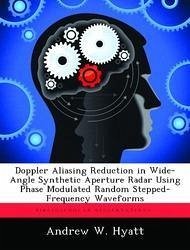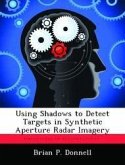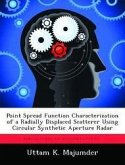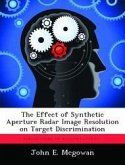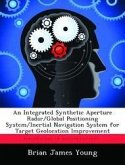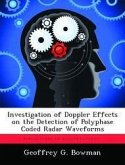This research investigates the benefits of using several phase modulated Random Stepped Frequency (RSF) waveforms in a Wide-Angle Synthetic Aperture Radar (WA-SAR) scenario. RSF waveforms have been demonstrated to have desirable properties which allow for cancelling of Doppler aliased scatterers in WA-SAR images. Additional aliased energy reduction is realized by improving the uniformity of the fre- quency coverage across the waveform's bandwidth. Phase code modulations applied to the subpulses of a RSF waveform spread the subpulse frequency content and im- prove WA-SAR image quality. A length 13 Barker code applied to a RSF waveform produces an image with a 91.95% reduction in the aliased energy present relative to a WA-SAR image produced using uncoded RSF. Length 25 Frank and P4 coded RSF waveforms reduce aliased energy by 96.65% and 96.72% respectively. Additionally, phase coded RSF waveforms produce images with improved noise-free dynamic range capabilities. The Barker, Frank and P4 coded waveforms improve the noise-free dynamic range by 9.4 dB, 12.6 dB, and 12.4 dB, respectively.

